Country United States Commission date 12 December 2016 Type offshore Construction began 2015 | Status Operational Owner(s) Deepwater Wind Construction cost 290 million USD Units operational 5 | |
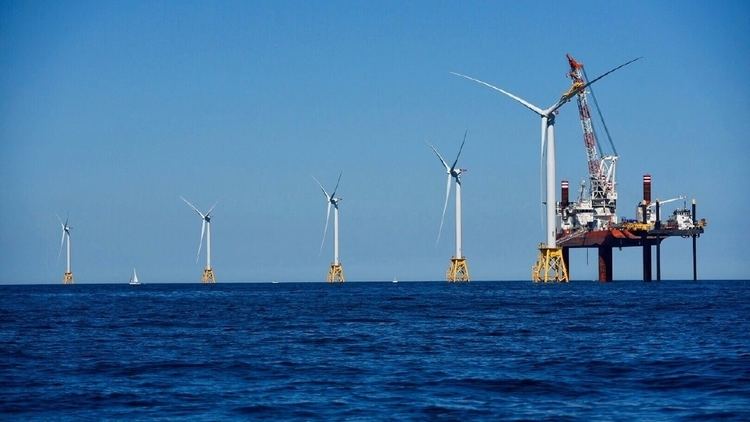 | ||
Location New Shoreham, Rhode Island | ||
Offshore wind block island wind farm promo
Block Island Wind Farm is the first commercial offshore wind farm in the United States, located 3.8 miles (6.1 km) from Block Island, Rhode Island in the Atlantic Ocean. The five-turbine, 30 MW project was developed by Deepwater Wind. Construction began in 2015 and in late summer 2016 Alstom Haliade 150 6 MW turbines were erected. Operations were launched in December 2016. It is the largest project using wind power in Rhode Island.
Contents
- Offshore wind block island wind farm promo
- Block island wind farm
- Design and capacity
- Permits and funding
- Construction
- References
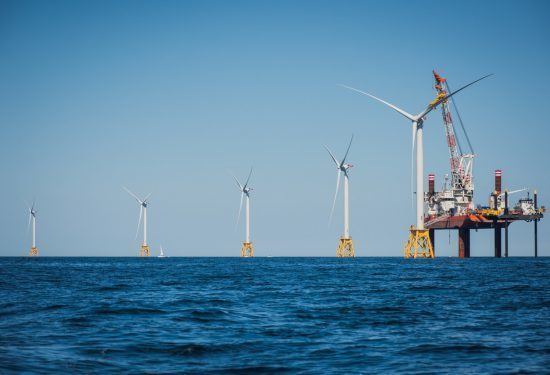
Block island wind farm
Design and capacity
A project of Deepwater Wind, Block Island Wind Farm is located about 3.3 nautical miles southeast of Block Island, becoming the first offshore wind farm in the United States. The thirty-megawatt five-turbine demonstration project is expected to produce more than 125,000 megawatt hours annually. Power is transmitted from the turbines to the electric grid along a 21 miles (34 km) transmission submarine power cable buried under the ocean floor, making landfall north of Scarborough Beach in Narragansett. The structures, designed by Alstom Wind, stand 600 ft (180 m) high and can withstand a Category 3 storm. The system connects New Shoreham to the grid for the first time and allows it to cease using diesel generators which have been replaced with power from the cable supplying the island. Gulf Island Fabrication was interested in building the foundations.
Permits and funding
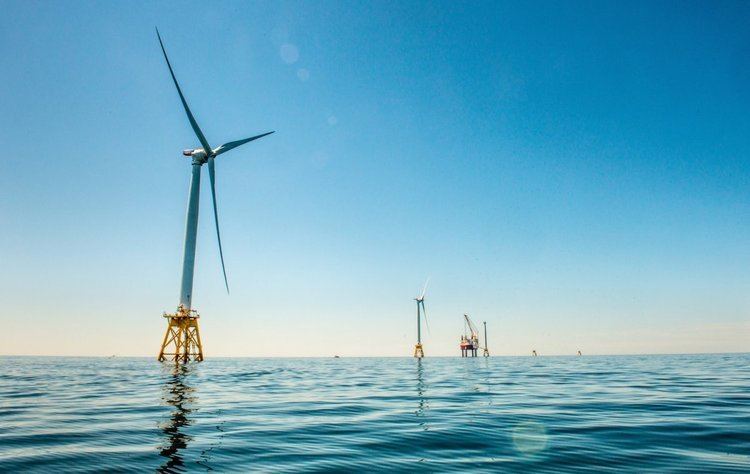
The Block Island Wind Farm was conceived as a larger project extending into neighboring Massachusetts to build a $1.5-billion, 385-megawatt wind farm in federal waters. The 100-turbine project could provide 1.3 terawatt-hours (TW·h) of electricity per year – 15 percent of all electricity used in the state. In 2009, the State of Rhode Island designated Deepwater Wind to begin with pilot projects. In that year Deepwater signed an agreement with National Grid to sell the power from the wind farm off Block Island, at an initial price of 24.4¢/kW·h.
The permitting process for the project has been highly controversial, with the Rhode Island Public Utilities Commission (RIPUC) initially rejecting the agreement price with National Grid as being excessive to Rhode Island's electricity rate payers. However, after the Rhode Island General Assembly and Governor Carcieri changed the state law concerning the "commercial reasonability" of contract pricing, the RIPUC voted to approve the key contract. After continuing controversy and appeals, the Rhode Island Supreme Court ruled in July 2011 to uphold the RIPUC decision. Opponents of the project raised issue about the contract pricing with the United States Federal Energy Regulatory Commission (FERC) in August 2012, but FERC in October of the same year issued a decision that they would not act on the complaint. A total of nine reviews and permits from state federal agencies were acquired, the last in early May 2015. On May 11, 2015 a new complaint was filed with FERC alleging that the power purchase agreement with National Grid violates the Public Utilities Regulatory Policy Act of 1978 and further alleging that the RIPUC violated the Federal Power Act and the Supremacy Clause of the U.S. Constitution. However, Deepwater Wind maintains that there is no support for any of these claims and that FERC should promptly deny the new complaint in its entirety.
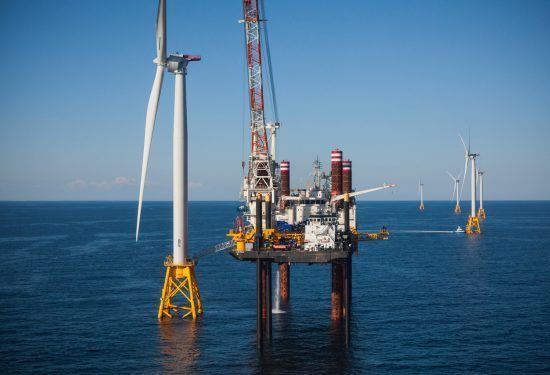
While the wind turbines have been built in state waters southeast of Block Island, the transmission cable crosses federal waters in the Atlantic. A portion of the power is supplied directly to Block Island which is 13 miles (21 km) off shore from the Rhode Island mainland and had some of the highest power rates in the country due to its local generation by small diesel powered generators.
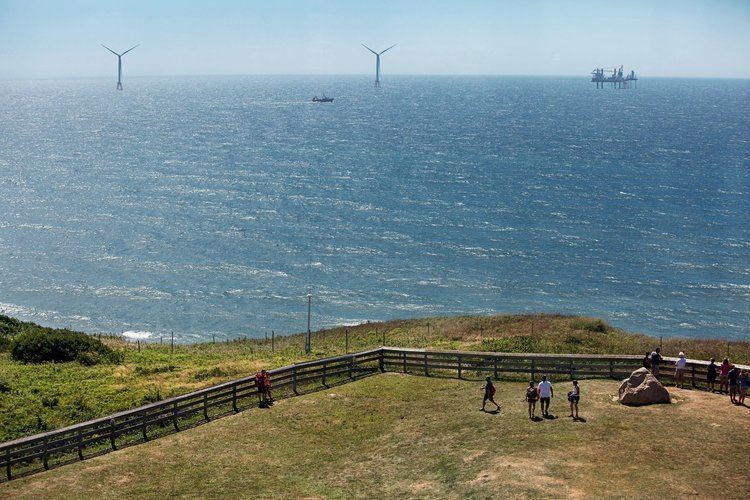
Deepwater Wind announced March 2015 that it had received funding in the amount of $290 million from mandated lead arrangers Société Générale of Paris, France and KeyBank National Association of Cleveland, Ohio,
Construction
In late 2014, Gulf Island Fabrication, Inc. began steel work construction at its Houma, Louisiana shipyard. The building phase would focus on the turbines' foundations (for platforms) to be pile-anchored to the ocean floor. On June 26, 2015, the first of the five foundations for the project began its move via barge from Louisiana. The turbines will be delivered later in 2015 and erected in place in 2016. Foundation assembly started in ProvPort in March 2016, with estimated commissioning in late 2016.
On March 9, 2015, French company Alstom Group received final notication to begin fabrication of five Alstom Haliade 150 6 MW offshore wind turbines. GE Wind (offshore) acquired Haliade production in November 2015.
As of July 2016, the site was grid-connected, and towers and LM Wind Power blades were in the port of Providence. The Norwegian installation jack-up vessel was on its way to France to pick up the 400 tonne generators. A test version of the direct-drive turbine is installed at Østerild Wind Turbine Test Field.
The first turbine was erected in August 2016. On August 18, 2016, Deepwater Wind CEO Jeffrey Grybowski announced Block Island Wind Farm was fully constructed. The wind farm commenced commercial operation in December 2016.
